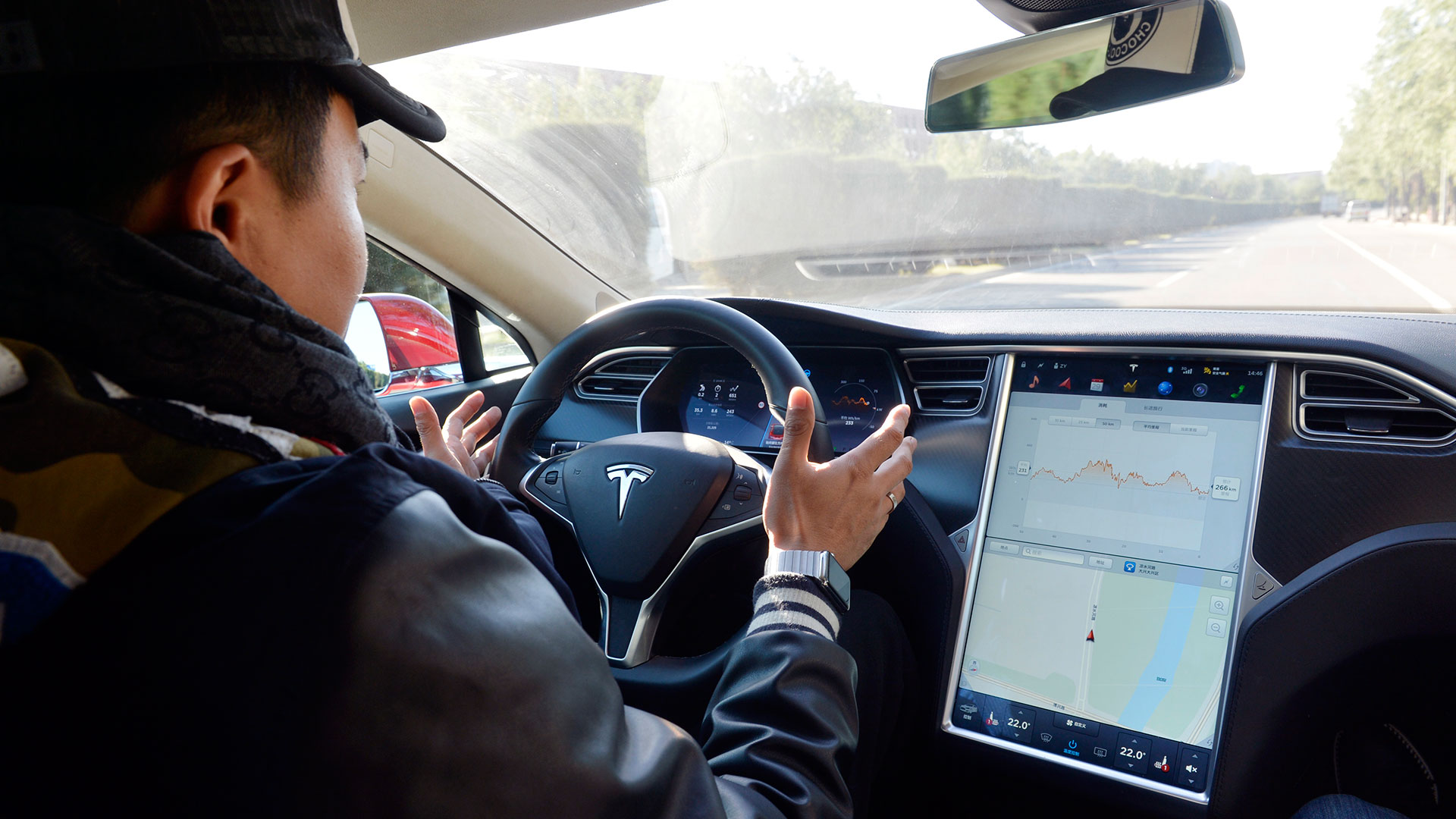

Consumer Reports cloaks itself in an air of research and fastidiousness. The company comes at a problem from a scientific point of view and always errs on the side of conservatism rather than bullishness when it comes to its headlines. The context of the company’s content, however, has a habit of raining down Iron Throne-demolishing dragon breath on products that fail to meet the rigors of testing, a product’s intended use, or in the case of Tesla’s Navigate on Autopilot, something that “raises serious safety concerns.”
Ahead of discussing Consumer Reports’ findings, it must be reiterated that there are no self-driving automobiles currently for sale. What’s been and being billed as semi-autonomous functionality are Advanced Driver-Assistance Systems. These assistance suites are meant to work in conjunction with the driver; not in fact, by themselves. It’s an important distinction as the public is often misled—either intentionally or unintentionally—to believe otherwise. As these suites are becoming more ubiquitous, Consumer Reports has done a thorough job of testing each system to establish a better-informed pool of consumers. The company’s latest test involved Tesla’s Navigate on Autopilot and the findings don’t gel with the future-forward rhetoric of electric vehicle company.
According to Tesla, “Navigate on Autopilot is an active guidance feature for Enhanced Autopilot that, with driver supervision, guides a car from a highway’s on-ramp to off-ramp, including suggesting and making lane changes, navigating highway interchanges, and taking exits. It’s designed to make finding and following the most efficient path to your destination even easier on the highway when Autopilot is in use.” The assistance technology can also be programmed to be more or less aggressive in its lane changes and adaptive cruise control settings. Tesla calls Navigate on Autopilot “a meaningful leap toward our full self-driving future.” Consumer Reports’ testing, however, argues the opposite.
The report’s findings indicate that Navigate on Autopilot is in fact far less-adept than your average human driver. Whether that’s merging onto a freeway, changing lanes, or keeping a good distance between the car in front, side, and rear. Jake Fisher, Consumer Reports’ senior director of auto testing, declared that Navigate on Autopilot switches from super aggressive to super meek driving. “It’s incredibly nearsighted. It doesn’t appear to react to brake lights or turn signals, it can’t anticipate what other drivers will do, and as a result, you constantly have to be one step ahead of it,” said Fisher.
Tesla does state numerous times in the company’s usage guidelines that Navigate on Autopilot requires a driver’s input. Yet, the rhetoric aside from the company’s website and official press releases that are written by lawyers, public statements on the limits of its ADAS has remained murky at best, while the company’s CEO Elon Musk has routinely furthered the idea that Autopilot is autonomy. To that end, Tesla’s statements about Navigate on Autopilot being better than a human, particularly the rearward facing cameras catching cars in blind spots, Consumer Reports takes quite a large issue with.
Fisher said that in practice “The [Navigate on Autopilot] system has trouble responding to vehicles that approach quickly from behind. Because of this, the system will often cut off a vehicle that is going a much faster speed since it doesn’t seem to sense the oncoming car until it’s relatively close.” The Consumer Reports testers all found themselves canceling Navigate on Autopilot’s actions or intervening so as to not either cut off another car or cause an accident. Fisher went on to say, “In essence, the system does the easy stuff,” i.e. adaptive cruise control, lane-keeping, and braking, “but the human needs to intervene when things get more complicated.”
As a result of these findings, Consumer Reports takes issue with Tesla and Co.’s autonomy timeline, especially Musk’s heavily parroted line that Full Self-Driving will be ready next year. Fisher boiled down the company’s findings down with, “This isn’t a convenience at all. Monitoring the system is much harder than just changing lanes yourself. Using the system is like monitoring a kid behind the wheel for the very first time. As any parent knows, it’s far more convenient and less stressful to simply drive yourself.” Tesla’s response to Consumer Reports’ findings was to reiterate that the company’s customers have logged millions of miles safely with Autopilot and that it continues to upgrade the system to provide better safety and convenience to all.
Consumer Reports, however, wasn’t done eviscerating Navigate on Autopilot’s limitations and delivered a final blow with a statement by the company’s vice president of advocacy, David Freidman. “Tesla is showing what not to do on the path toward self-driving cars: release increasingly automated driving systems that aren’t vetted properly,” declares Freidman, adding, “Before selling these systems, automakers should be required to give the public validated evidence of that system’s safety—backed by rigorous simulations, track testing, and the use of safety drivers in real-world conditions.” We’re inclined to agree.
Freidman’s mic-drop has unfortunately been proven true in recent years with a number of crashes, both fatal and non, occurring while a customer was using Tesla’s Autopilot. Most recently, a Model 3 driver was killed using the system. A recent report compiled by Tesla as a means of being more transparent revealed that there has been a slight increase in Autopilot-engaged accidents in recent months, while a slight decrease in non-Autopilot accidents in the same time period. Consumer Reports’ findings also come at a time when Tesla is facing financial impediments that could close the company’s doors for good. Overall, Tesla is facing a potentially jarring future as it looks to improve safety, reliability, and deliver a product that’s truly ready for the mass market.